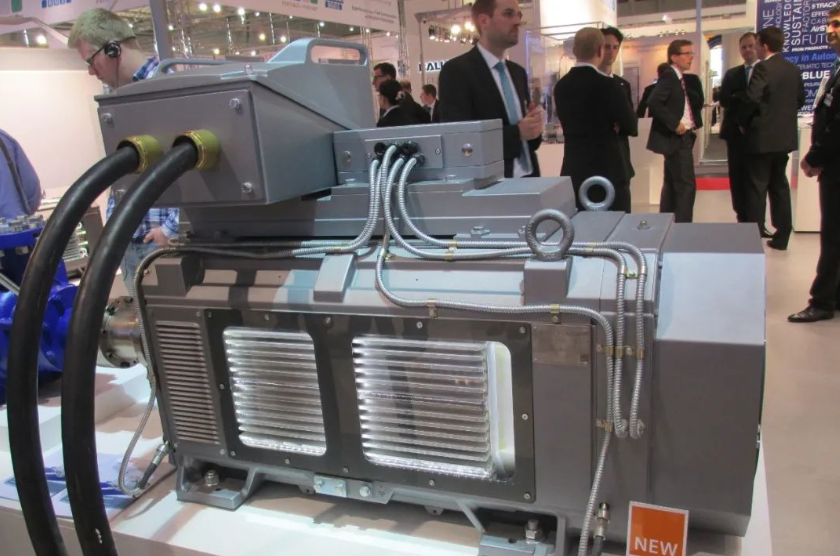When the frequency conversion control technology is applied to the motor, there are 3 changes that m
When the motor is powered by a frequency converter, the power supply mode of the motor has undergone a great change, from the original constant frequency, constant voltage, pure sine wave power supply mode to a pulse width modulated sine wave power supply with variable frequency and voltage , which also leads to some changes in the characteristics of the motor:
(1) The mechanical properties have changed. Under the condition of frequency conversion, the mechanical characteristics of the motor will change with the change of the power supply parameters due to the change of the power frequency and voltage of the input motor, rather than the relatively fixed mechanical characteristics under the power frequency power supply condition.
(2) The frequency converter can improve the starting characteristics of the motor, that is, soft starting, increase the starting torque through a lower frequency, limit the starting current, and better achieve the purpose of large starting torque and small starting current.
(3) By adjusting the power supply voltage and frequency to achieve a smaller slip rate, the efficiency level of the motor can naturally be improved.

The power supply is supplied by the frequency converter, and the electromagnetic torque of the motor is adjusted without changing the torque of the motor rotor; the power waveform modulated by the frequency converter contains more harmonic components, which will cause the motor to have a relatively large loss. , the most direct adverse effect is the impact on the motor winding, so the electromagnetic wire used in the variable frequency motor must have relatively high impact resistance.
In order to avoid such problems, for variable frequency motors, some manufacturers use thick varnished magnet wires, which can effectively alleviate the damage to the winding insulation during the operation of the motor, but the effect is not very good. This can effectively improve the motor and reliability, and at the same time, take necessary measures to avoid shaft current to effectively protect the motor bearing system.
For small and medium-sized variable frequency speed regulation motors, insulated bearings are often used, and some manufacturers use insulating end caps or bypass measures.



























 XINDA
XINDA